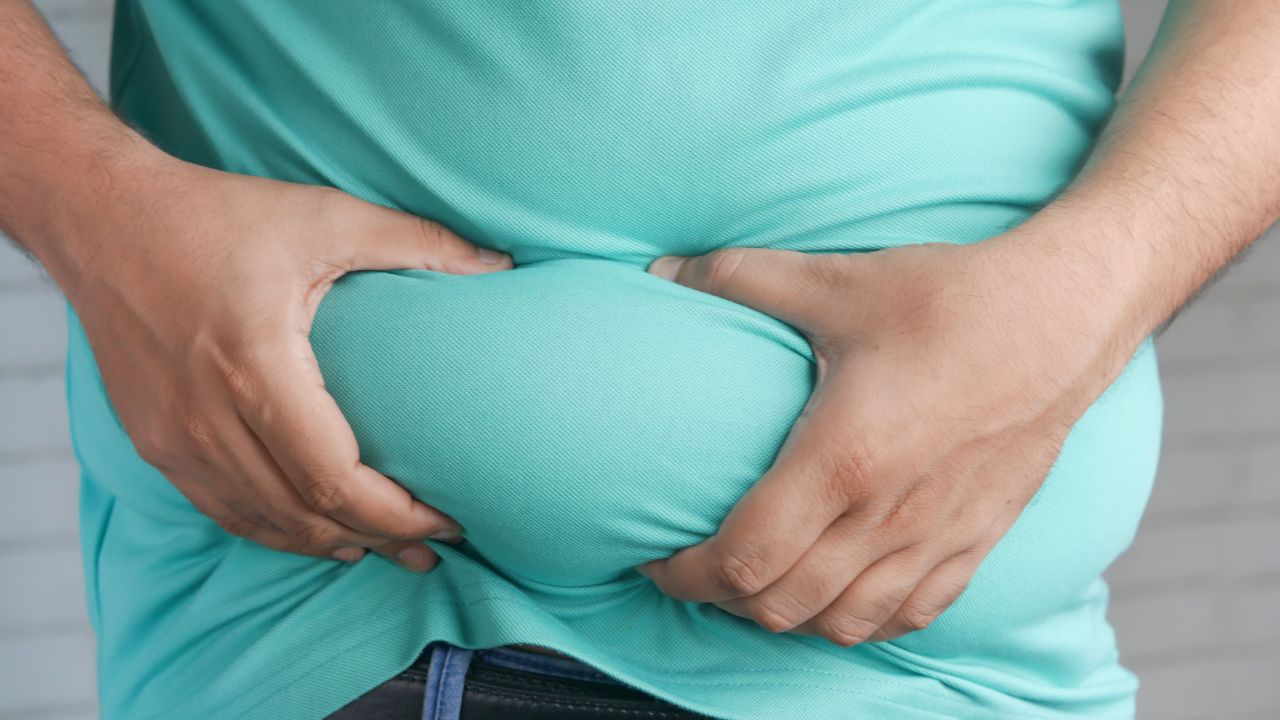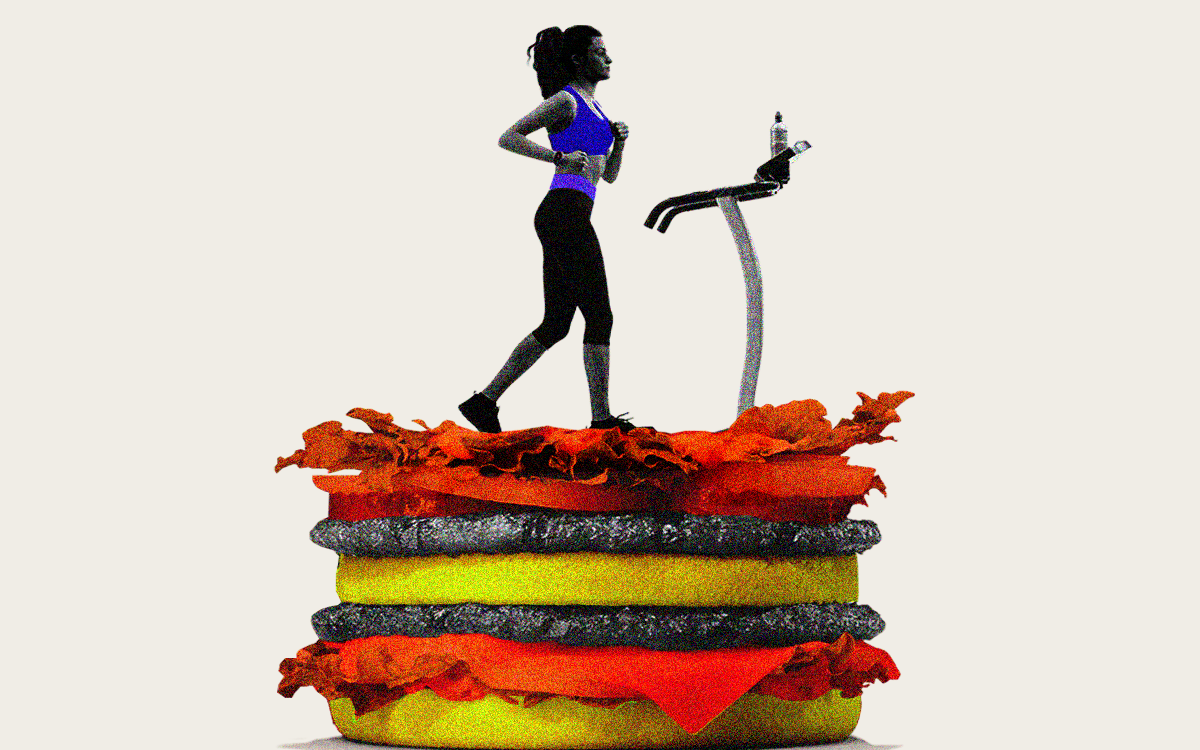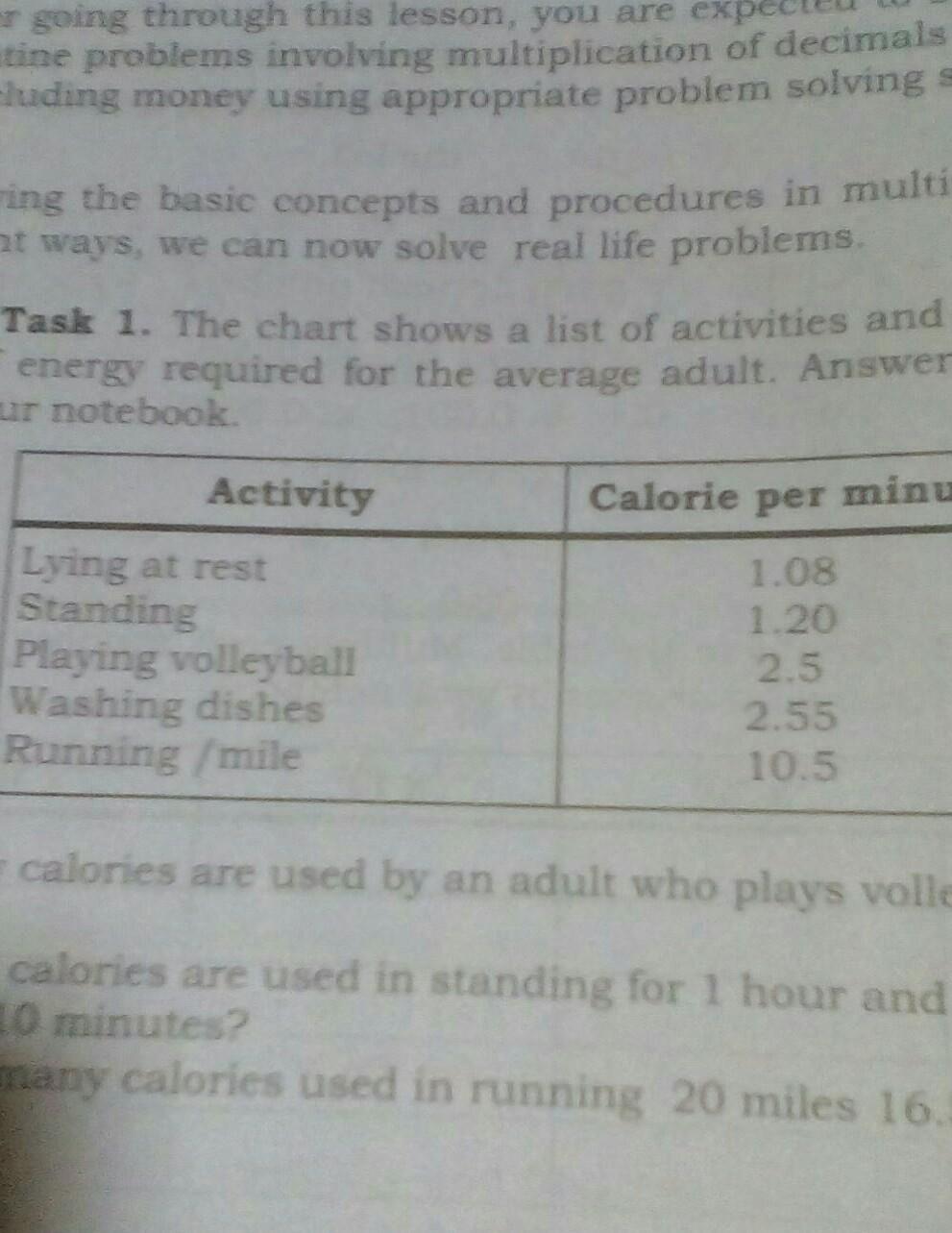
Not only is it a great method to lose weight, but exercise can also increase your overall VO2max. For exercise dieters, it is not a problem to exercise more than once a week. Here is the 80:20 rule. If you know what you need to do and how to schedule your exercise, you are half way to losing weight and maintaining a healthy weight. Here are some guidelines for exercising.
Exercise can help you lose weight
Besides losing weight, exercise has many other health benefits. It not only improves your appearance, but it also reduces visceralfat, which is a type that has been linked with diabetes and heart disease. It is important to exercise regularly and focus on movement benefits instead of weight loss. The majority of successful weight loss keepers exercise at least one hour per day. A great way to lose weight is to increase your physical activity.
An hour of vigorous exercise can result in a loss of 400-600 calories. Although the amount of calories you burn during physical activity can be off-set by bad food choices, this is still beneficial for your overall health. Strength training is a great way to lose weight and increase your lean body mass. This is the most common goal of those who wish to lose weight. Exercise encourages you to eat well. Combining exercise and dieting can help you lose weight.

Exercise can increase your heart rate and VO2max
You can't focus solely on reducing calories if you want to increase VO2 max. Aerobic exercise will increase your maximum VO2 Max. Aerobic activities can include running and swimming. It doesn't only benefit athletes. Even people who don’t play a particular sport can benefit from increasing their VO2max. You'll have more energy, stamina or endurance if your maximum oxygen intake is increased.
Both serious athletes and the general public use VO2 max as a clinical metric. Its results are also used to predict longevity. In fact, the American Heart Association recommends that people regularly assess their cardiorespiratory fitness using VO2 max. Additionally, it is the most reliable method to assess fitness. If you're dieting and are concerned about your overall fitness, VO2 max is a great way to determine whether you're making any progress toward your goals.
For exercise dieters, it is fine to exercise more than once per week.
Although it is okay to exercise more than once per month, it is important to do the recommended amount each week. If you have a specific goal, it is fine to exercise more than recommended. Your body needs to rest after exercise. You can consult a doctor or scale back if symptoms begin to appear. Partner with a certified personal trainer to provide the support and guidance you need.
Avoid exercising if you are suffering from a heart condition. If you're not a regular runner, it is important to limit your exercise. It is important not to overdo it unless you are sure that it will cause pain or discomfort. If you're unsure about whether or not you're exercising too much, you can talk to your doctor about it and work out a customized exercise program for you.

Guidelines for exercise dieting
The European Union's Guidelines for Physical Activity recommend that people with diabetes engage in at least half an hour of moderate to vigorous physical activity every day. This should include activities that strengthen bone and muscle. Individuals should limit their screen time and do moderate aerobic exercise. Diabetes patients should be able to get sufficient physical activity every day. These activities may provide additional benefits.
These Guidelines for Exercise Dieting should be used as information only. They are not intended to be a substitute for professional advice. Any condition you may have, please consult your physician. This publication does not contain any medical advice. The information contained in it should not be used as a substitute for advice from a healthcare provider. To achieve the desired results, it is important that you follow all four types. You can use the accompanying charts to help you get the best results.
FAQ
Are cardio exercises a good way to lose weight quickly?
Cardio exercises are great at burning calories but don't help you lose weight. It depends on how much fat you have stored and what kind of exercise you do.
Cardio exercises might not be enough to lose excess weight if your body is overweight.
These should be combined with diet and other forms of exercise.
Cardio exercises, such as running or jogging, can help you lose weight quickly. These exercises burn calories more than any other type.
You must train resistance if your goal is to gain muscle instead of losing weight. Resistance training uses no weights or machines. It also includes elastic bands and free weights.
Combining cardio exercise with resistance training is a great way to lose weight quickly.
A combination of cardio and resistance training will help you lose weight quickly.
What is the best exercise for weight loss?
There are many factors that impact the amount you exercise to lose weight. However, generally speaking, most people need at least 30 minutes of moderate physical activity five days per week.
The American College of Sports Medicine recommends 150 minute of moderate-intensity aerobic activities per week. These should be done over three days.
For example, if you want to lose 10 pounds, aim to do 300 minutes of moderate-intensity exercise each week. You can do this by walking fast, swimming laps or biking, as well as playing tennis, golfing and hiking, or jogging, running or other similar activities.
Start out with 20 minutes of vigorous physical activity three times weekly if you're just getting started. This could be lifting weights, sprinting, jumping rope, and fast walking.
Aerobic exercise helps to build muscle mass and burn calories. Muscles burn more calories than fat. So building muscle while losing weight may help you achieve your goal faster.
What's the difference between intermittent fasting versus calorie restriction
Calorie restriction means eating less calories than your body requires. Intermittent Fasting is different in that it doesn't restrict calories. Rather, it focuses on eating fewer calories throughout the day.
Intermittent fasting allows you to indulge in foods that you love while feeling guilt-free.
Both methods have their advantages and disadvantages. You will need to decide which method is best for you.
What foods will help me lose weight more quickly?
Consuming fewer calories is a great way to lose weight quickly. There are two ways to do this:
-
Reduce the amount of calories that you consume each day.
-
Increase the number of calories you burn through physical activity.
It is easy to reduce calories. After all, we're bombarded with calorie-laden fast food options everywhere we turn. Here are some foods that can help you lose those extra pounds.
-
Beans are high on fiber and protein. They have almost no fat making them an excellent choice for dieters looking to reduce their caloric intake.
-
Oatmeal is low in calories but high in nutrients like magnesium and potassium. Oatmeal also contains less sugar that other cereals.
-
Eggs are full of cholesterol and protein. Eggs can be eaten once or twice per week to increase metabolism, which will help you burn more calories during the day.
-
Whole grain bread may help you feel fuller, longer.
-
Dark chocolate is loaded with antioxidants and flavonoids, substances that have been linked to lower blood pressure and improved heart health.
-
Cottage cheese is high-in calcium, which can help build strong bones. Cottage cheese also contains vitamin D, which can boost immunity.
-
Omega-3 fatty acid rich salmon is good for your brain and cardiovascular health.
-
Green tea is rich in catechins, compounds which fight cancer and increase metabolism.
-
Broccoli has a lot of folic, which can lower homocysteine in the blood. Homocysteine levels that are high have been linked to increased risks of heart disease and stroke.
-
Yogurt is a great way to add probiotics into your diet without loading up on added sugars. Probiotics are important for your digestive health.
-
Berries are a tasty snack that is also nutritious. All of these are excellent sources for vitamins and minerals, including blueberries, strawberries and blackberries as well as raspberries and cranberries.
-
Avocados are full of healthy fats. A half avocado has 80 calories but plenty of filling fiber.
-
Nuts are delicious snacks that also provide a lot of protein. Almonds, cashews, hazelnuts, pecans, walnuts, and pistachios are all great choices.
-
Sweet potatoes are another starchy root vegetable rich in beta carotene. It makes your skin shine. Because of their higher beta carotene levels, orange sweet potatoes are particularly good.
What is the best way to exercise when you are busy?
Exercise at home is the best method to stay fit. It doesn't take much to get fit. You can perform simple exercises at your home without needing expensive equipment.
It is all that you need: a pair or dumbbells, a pad, a chair and a timer.
Consistency is the most important thing. If you are absent for a few weeks, you could lose your motivation.
Try lifting weights three days per week. This is a great place to start. These could include push-ups/pull-ups/squats, push-ups/pull-ups or dips/curls.
Once you have mastered the basic movements, it is possible to move on to other types such as running and jumping rope, skipping or yoga, Pilates, dance, swimming, weight lifting, tennis, golf, playing basketball, soccer, volleyball, badminton or squash.
Make sure you choose the right exercise program for your needs. You might avoid exercising if your work hours are long.
If you are a night owl, then you should consider exercising during the evening rather than early morning.
Pay attention to your body. Don't be afraid to stop when you get tired.
How much weight can you lose in one week?
Your body fat percentage determines how much weight you are able to lose. The first thing to do is to calculate how much weight you want to lose and then find out what your BMI (Body Mass Index) is. Your BMI is a measure of how much weight you need to lose. If your BMI is 25 or greater, you're overweight. If your BMI reads 30 or more, you are likely obese.
For example, if 200 pounds is your BMI, it would be 28.7. This means that you'd need to lose around 70 pounds to get down to a healthy weight range. To see if you're overweight, visit www.healthyminds.com/bmi/.
Once you have your BMI, you are able to use this formula for calculating how many pounds each week you will lose.
(Your Goal Weight - Current Weight)/BMI * 7 Number Of Pounds Lost Per Week
If you want to lose 50 pounds in one month, you'd need 2 weeks' worth of exercise, which equals 56 days, divided by 7 pounds lost per day. That's 8.3 pounds per week.
You could also try this calculator from www.weightlosscalculator.net. It provides an estimate of the number of calories you should consume each day to lose 12 pound per week.
How to create an exercise program?
It is important to establish a routine. It's important to have a plan for each day. This will help you plan ahead and prevent procrastination.
The second thing is to ensure that you have plenty of variety in your workout. Avoid becoming bored with exercise. If you do, it will be difficult to keep going.
It is important to track your progress. It's important to see how much weight you have lost or gained over time.
It's easy for people to lose motivation when they start by losing weight. However, it's much harder to stay motivated when you gain too much weight.
It is important to find the right balance between weight gain or weight loss. If you are unhappy with your current situation, you will be less inclined to exercise.
Statistics
- According to Harvard Health, it's estimated that a 155-pound (70-kg) person burns roughly 112 calories per 30 minutes of weight training (5). (healthline.com)
- One study in 9 active men found that HIIT burned 25–30% more calories per minute than other types of exercises, including weight training, cycling, and running on a treadmill (18Trusted Source (healthline.com)
- According to a study sponsored by the American Council on Exercise, a person weighing around 140 pounds (64 kg) would burn 108 calories at a 30-minute beginner's Pilates class or 168 calories at an advanced class of the same duration (26). (healthline.com)
- It's estimated that half of all American adults attempt to lose weight every year (1Trusted (healthline.com)
External Links
How To
How to Intermittent Fasting
Intermittent Fasting is a method of dieting where you only eat one meal per week, typically Monday through Friday. The goal is to decrease your overall calories and still get adequate nutrition. This helps you lose fat more quickly than if it were your normal meals for the entire week.
The most common form IF is to reduce calories on specific days. This means you could skip breakfast every morning and still eat what you want the rest of the week. It is possible to choose to have three smaller meals each day, rather than two large.
There are many forms of intermittent fasting. Each form of intermittent fasting comes with its own pros and cons. Because you don't need to make major lifestyle changes, alternate day fasting can be the easiest way to get started. However, for some people it can be difficult to follow a strict diet, so they may prefer to explore other options.
If you want to try intermittent fasting, I suggest starting with alternate-day fasting. This will allow you gradually to transition into more extreme fasting habits without changing your lifestyle.